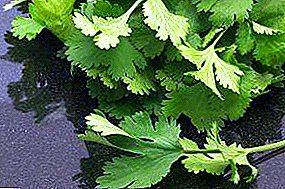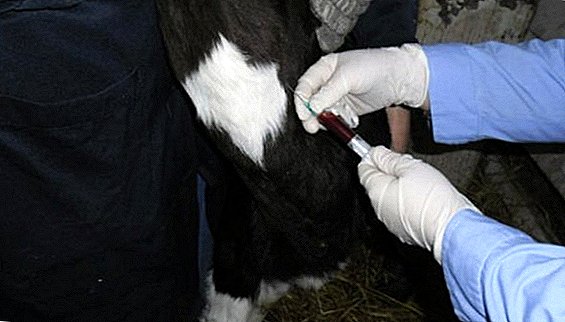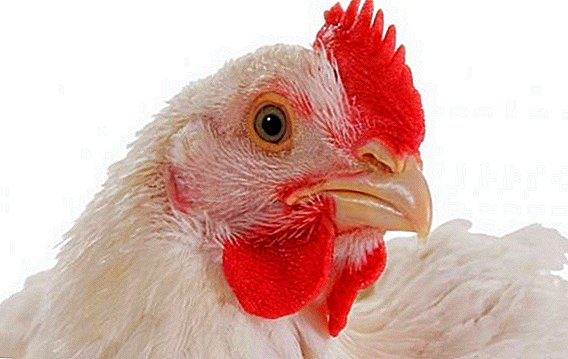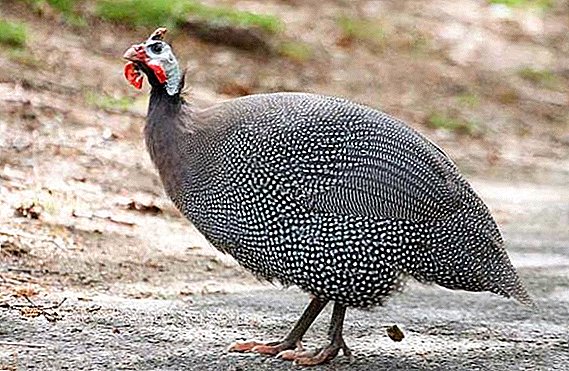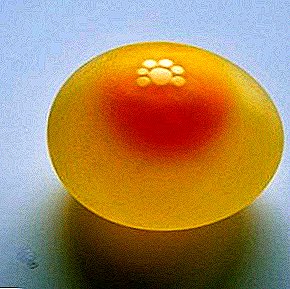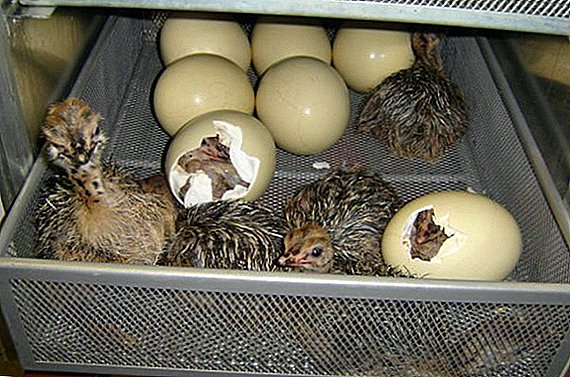 Ostriches have not yet ceased to be exotic for us, although there are already quite a few in our area both ostrich farms and individual poultry farmers specializing in these African and Australian birds. And not only the climate prevents the wide distribution of ostriches in our latitudes, but also some features associated with the breeding of these birds. This will be discussed.
Ostriches have not yet ceased to be exotic for us, although there are already quite a few in our area both ostrich farms and individual poultry farmers specializing in these African and Australian birds. And not only the climate prevents the wide distribution of ostriches in our latitudes, but also some features associated with the breeding of these birds. This will be discussed.
Features of incubation of ostrich eggs
The main problem arising during the incubation of ostrich eggs is the large variation in their mass in the range from a kilogram to 2.1 kg and in the different porosity of the shell.
For example, a nestling hatch from an egg weighing one and a half kilograms after 42 days, and with lighter or heavier specimens, this period may decrease or increase. In addition, the percentage of hatchability of chicks depends on how far the shell is penetrated by pores.
Important! Do not put ostrich eggs of different size in one incubator chamber. Otherwise, some eggs will overheat, while others quickly dry out.The humidity level required in the incubator, which is caused by egg dimensions, depends on this parameter: for large specimens the humidity requires a lower temperature, as well as the temperature maintained in the incubator.

How to choose the right eggs
The level of hatchability of Ostrichs directly depends on the usefulness of the eggs, that is, on their fertilization, therefore, it is necessary to have not only females in the compound, but also the male. All ostrich eggs are divided into two classes. The first is designed for large specimens, and the second - for smaller ones.
For an African ostrich, this means:
- Class I - from 1 kg 499 g to 1 kg 810 g;
- Class II - from 1 kg 130 g to 1 kg 510 g.
Learn more about ostrich eggs.
For Australian emus, the indicators should be as follows:
- Class I - from 549 g to 760 g;
- Class II - from 345 g to 560 g.

Storage and handling before laying
Oviposition of egg-laying begins in April and ends in October, has 2-4 cycles. During each cycle, the female is able to produce up to twenty eggs. For incubation, they must be collected immediately after demolition and stored at a temperature within + 15 ... +19 ° C with air humidity up to 40% for a maximum of a week, turning them over daily.
We advise you to familiarize yourself with the basics of breeding ostriches at home.
It is preferable to keep them with the blunt end up, however, since it is extremely difficult to figure out where their end is, eggs are usually kept in a supine position.  The absence of a protective film and the presence of large pores on the shell lead to the fact that ostrich eggs are almost defenseless against infection, so they should be handled with extreme caution, protecting them from dust and possibly infected moisture.
The absence of a protective film and the presence of large pores on the shell lead to the fact that ostrich eggs are almost defenseless against infection, so they should be handled with extreme caution, protecting them from dust and possibly infected moisture.
If the need arises to free the shell from contamination, it must be done with a clean cloth moistened with a very weak iodine solution.
Did you know? In an ostrich, whose head seems quite small compared to its body, the eye is larger than the eye of a huge elephant.
Bookmark: coups and spraying
Before placing the tab in the incubator, you should take care of the appropriate size of the trays so that they can accommodate the ostrich eggs in standing and lying positions. The tab should ensure that the air bag is at the top. This is achieved by the fact that the egg is positioned with a blunt end up or in a supine position.  Since the blunt end of his find extremely difficult, it is recommended to resort to using ovoskop or just a bright electric lamp. The boundaries of the detected air bag are usually circled with a pencil for further tracking of its increase.
Since the blunt end of his find extremely difficult, it is recommended to resort to using ovoskop or just a bright electric lamp. The boundaries of the detected air bag are usually circled with a pencil for further tracking of its increase.
Read more about how to disinfect the incubator before laying eggs.
Eggs during incubation must be turned daily 6-8 times using a special device or manually. On the 39th day, turning should be stopped, and each egg should be transferred to the hatcher section, placing it horizontally there.
Since the offspring of the Australian ostrich hatch later, the laying of this bird is transferred to the hatcher section after 46-48 days. It should be borne in mind that emu eggs are arranged only horizontally by several methods with an interval of half a day.
Video: incubation of ostrich eggs First of all, eggs belonging to the first class are laid, and then - to the second. Spray incubator tabs only when the required humidity in the cabinets is reduced by means of warm boiled water.
Important! In order to avoid penetration of harmful microorganisms through the shell pores, it is necessary to spray not the eggshell, but objects around it.
Incubation mode: table
The process of incubation proceeds differently depending on the size of the filling elements, the time of incubation and their type, that is, whether they belong to an African ostrich or an Australian emu. What conditions need to be created in different periods of incubation for future chicks of the African ostrich, can be seen from this table:  And this table shows the conditions necessary for successful incubation of emu eggs. It should be emphasized that emu eggs should be placed exclusively horizontally, and turn them the same way as in the African bird:
And this table shows the conditions necessary for successful incubation of emu eggs. It should be emphasized that emu eggs should be placed exclusively horizontally, and turn them the same way as in the African bird:  When ostrich eggs are in the incubator, good ventilation is necessary. As the embryos develop, they increasingly require oxygen.
When ostrich eggs are in the incubator, good ventilation is necessary. As the embryos develop, they increasingly require oxygen.
Did you know? When there is danger, the ostrich does not hide its head in the sand, as people think for some reason, but headlong runs away, sometimes developing a speed of up to 97 kilometers per hour. And if you drive him into a corner, he will violently fight off with his powerful legs, being even able to kill a not very large predator.On average, each kilogram of incubator filling requires at least 0.2 liters of air per minute. The increase in air demand during the incubation period can be judged from the table:

The timing of the emergence of chicks
African strausites take 39–41 days to be born, and emu chicks 52–56 days of the incubation period.
It will be useful for you to familiarize yourself with the rules of growing chickens, ducklings, poults, turkeys, guinea fowls, quails and goslings in the incubator.
What to do after hatching
There are mandatory measures that must be immediately taken immediately after the appearance of frightening into the light:
- Hatching chicks should immediately be placed in a brooder, that is, in a cage with a tray, equipped with a heater.
- Within two to three hours in a brooder, the ostrich must dry completely.
- Each ostusenka must be weighed to further control its development.
- The umbilical cord of chicks should be disinfected by repeating this procedure for two to three days.

Frequent newbie mistakes
Since the elimination of strains through incubation is associated with many conditions that must be strictly followed, beginners inevitably make mistakes at first, sometimes resulting in sad consequences:
- The wrong choice of material, during which the durability of the shell was not carefully checked. Too fragile shells often lead to the death of the embryo.
- The poor quality of the shell was the result of improper feeding of producers, in the stern of which there were few mineral substances.
- The wrong, that is, below, position of the air sac in the egg.
- Overheating or underheating of the incubation material is equally harmful to the embryo. With underheating, even the hatching alive chicks then still die.
- In case of insufficient humidity in the chamber, ostrichs often hatch prematurely and then die.
- Excessive moisture is also harmful to the development of the embryo.
- Improper gas exchange with poor ventilation is fraught with fatal consequences for future chicks.
 The removal of eggs at home through incubation is not very easy. However, with due care, attentiveness and scrupulous observance of all necessary rules, the efforts of the novice ostrich breeder will not become excessive and will be crowned with success in the form of dozens of cute chicks.
The removal of eggs at home through incubation is not very easy. However, with due care, attentiveness and scrupulous observance of all necessary rules, the efforts of the novice ostrich breeder will not become excessive and will be crowned with success in the form of dozens of cute chicks.Reviews from the network




